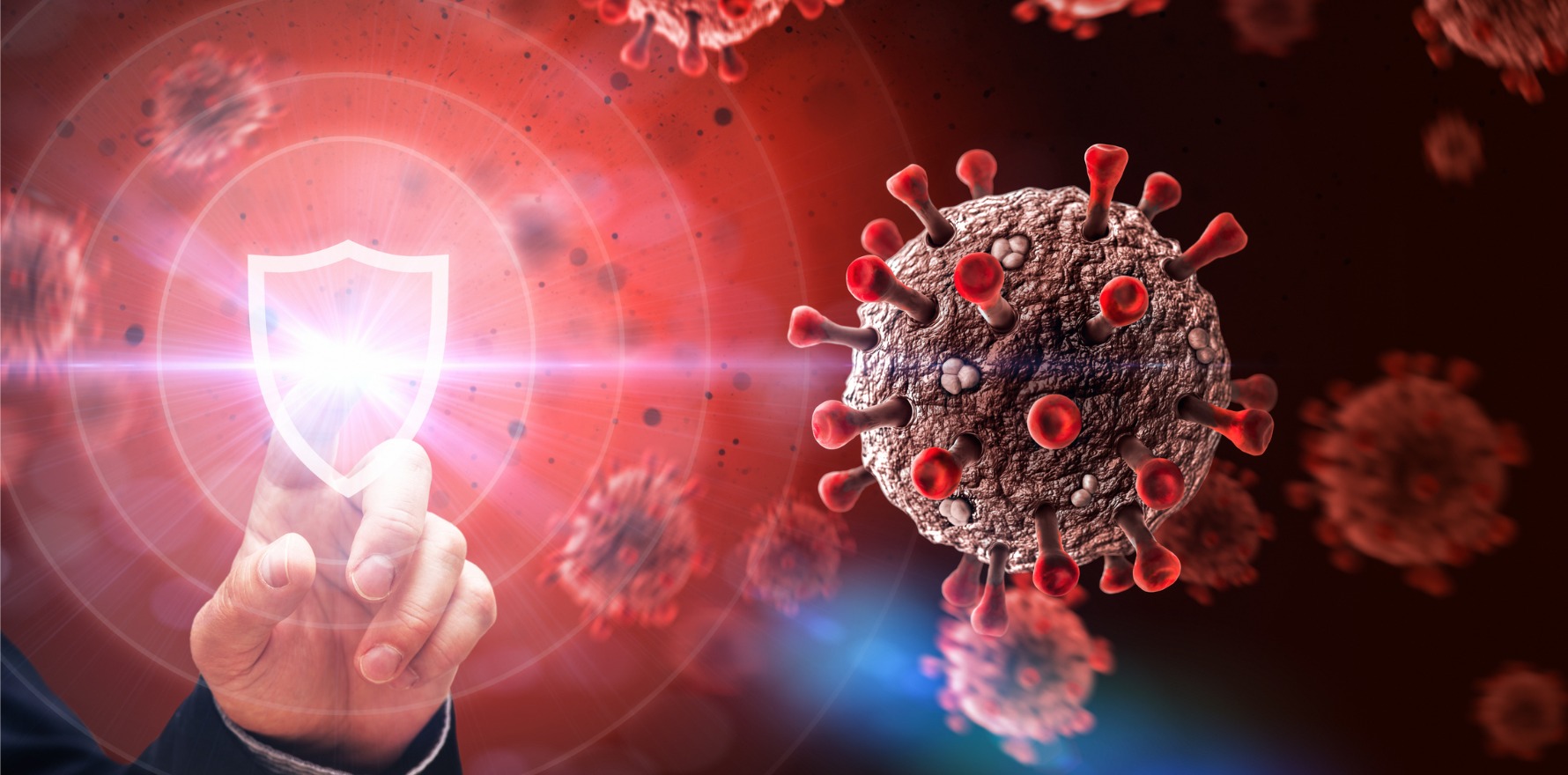
Skin medicine is an area where clinicians continue to prescribe antimicrobials at high rates.
Dermatologists have an important role to play in antibiotic stewardship, especially when it comes to conditions like acne, rosacea and hidradenitis suppurativa, says leading Sydney dermatologist Associate Professor Stephen Shumack.
He was responding to an editorial in JAMA Dermatology which followed a call from the US CDC for prescribers to re-evaluate the frequency, dosing, and duration of antibiotic prescriptions and to eliminate unnecessary use.
“Despite an overall decrease in antibiotic prescribing in dermatology over the past decade, US dermatologists continue to prescribe antibiotics at higher rates than clinicians of other specialties,” the authors wrote.
“Thus, dermatologists are critical stakeholders in antibiotic stewardship efforts and play essential roles in optimising antibiotic use.
“The message is important for dermatologists as a whole within Australia and also more widely for general practitioners because a lot of things we dermatologists do, GPs do as well.”
Professor Shumack said it was a relevant issue for Australian dermatologists.
“With acne, antibiotics are commonly used, particularly the inflammatory forms of acne and we dermatologists will routinely use antibiotics mixed with topical retinoids,” he said.
“And that usually means that we can afford to stop the antibiotics after three or four months, instead of keeping them going for six, 12 or even 18 months, as was often done 20 years ago.”
Professor Shumack told Dermatology Republic said the use of more aggressive medications for acne like isotretinoin (Roaccutane) had also provided other options apart from antibiotics.
He said hidradenitis suppurativa was a rarer condition that tended to primarily involve younger people but was more difficult condition to manage than acne. However, the introduction of the TNF blocking agent adalimumab, which is PBS-approved for the condition, had made a big difference.
“I know there are some clinical studies going on at the moment, looking at a number of other biological agents or targeted therapies to treat hidradenitis suppurativa, but they’re not currently available on the PBS,” he said.
“I’m sure that over the next couple of years, we’ll see one to several new biological agents made available to us and that will make it easier to treat people with this very disfiguring and disabling conditions without the need to rely on long term antibiotic usage.”
The JAMA editorial conceded that antibiotics were highly effective treatment options for different dermatologic conditions, however antibiotic overprescribing contributes to the emergence of antibiotic resistance and “places patients at risk for resistant infections and treatment failures.”
“The Centers for Disease Control and Prevention (CDC) has called on prescribers to re-evaluate the frequency, dosing, and duration of antibiotic prescriptions and to eliminate unnecessary use,” the authors wrote.
“Despite an overall decrease in antibiotic prescribing in dermatology over the past decade, US dermatologists continue to prescribe antibiotics at higher rates than clinicians of other specialties.”
The editorial outlined antibiotic prescribing practices of US dermatologists and summarised the latest evidence on resistance development following exposure to systemic antibiotics routinely prescribed in dermatology.
The authors detailed clinical consequences of antimicrobial resistance and highlighted strategies to promote antibiotic stewardship in skin medicine. These strategies include considering alternative therapies to antibiotics, avoiding oral antibiotic monotherapies, prescribing the shortest effective treatment duration, and considering narrow-spectrum antibiotics.
“Antimicrobial resistance leads to clinically significant consequences, including antibiotic treatment failures,” they wrote.
“In patients with acne, the presence of antibiotic-resistant cutibacterium acnes on skin may be associated with suboptimal patient outcomes from inadequate responses to both topical and oral antibiotics. Given that human skin can harbor antibiotic-resistant bacteria for extended periods, the skin may represent an underappreciated reservoir for antibiotic-resistant microbes.
“Routine keratinocyte shedding has the potential to transfer resistant skin bacteria or antimicrobial resistance genes to the environment or possibly to other individuals. This scenario is particularly concerning in the context of multidrug-resistant S. epidermidis strains persisting on skin.”
Suggested strategies for acne included considering spironolactone, oral contraceptives, or systemic retinoids; adding topical retinoids and/or benzoyl peroxide; and using narrow-spectrum antibiotics. Published strategies for rosacea include avoiding triggers, considering physical modalities, and adding topical agents. And for hidradenitis suppurativa, dermatologists were advised to consider intralesional steroids (for acute lesions), procedural-based interventions, hormone-based therapies, or biologics.
For surgical site infection prophylaxis, dermatologists are advised to consider topical decolonisation, intralesional antibiotics, and one-time preoperative antibiotic dosing.

